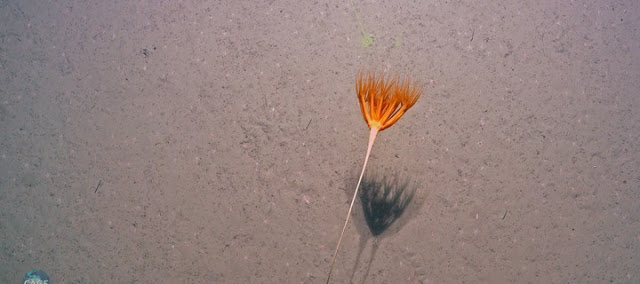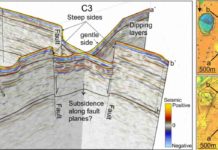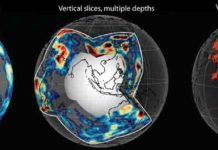
Close to 30,000 high definition images of the deep Arctic Ocean floor were captured on a recent research cruise. This gives researchers insight into the most remote sites of natural methane release in the world.
Over a course of 12 days Dr. Giuliana Panieri and her colleagues from Centre for Arctic Gas Hydrate, Environment and Climate collected images from seven areas of known methane release in the Arctic Ocean. One of them was Vestnesa Ridge, with over 1000 active seep sites at the depth of over 1000 m.
Dr. Panieri collaborated with scientists and engineers at Woods Hole Oceanographic Institution’s MISO Deep-Sea Imaging Facility. The aim was to get a proper view of the deep Arctic Ocean floor.
“We have taken so many samples all over these areas, but we were sampling blind. We needed to see what was going on down there.” sais Panieri who is an awe of the results achieved during the two-week cruise.
The system that was used to get these images is based on the ‘TowCam’ design developed by WHOI scientists and engineers, and funded by the US National Science Foundation. It consists of a color still camera that takes images every 10-15 seconds.
“This is the first time that we have seen these methane seeps in the deep Arctic Ocean areas. The images are amazing.” sais Panieri.
The midnight sun allowed for the tow cam system to be deployed 24/7 providing scientist with data that will be crucial in new discoveries in years to come.
Note: The above post is reprinted from materials provided by University of Tromso (Universitetet i Tromsø – UiT).










